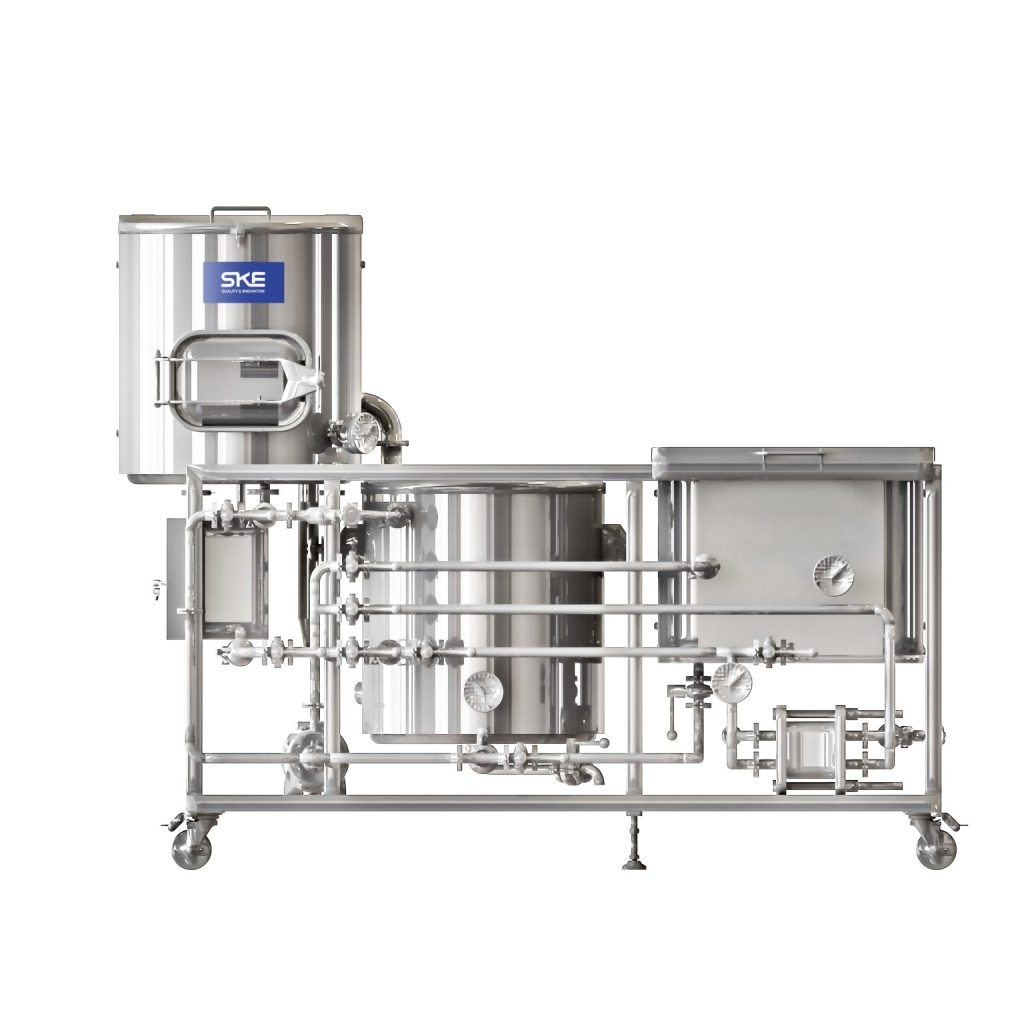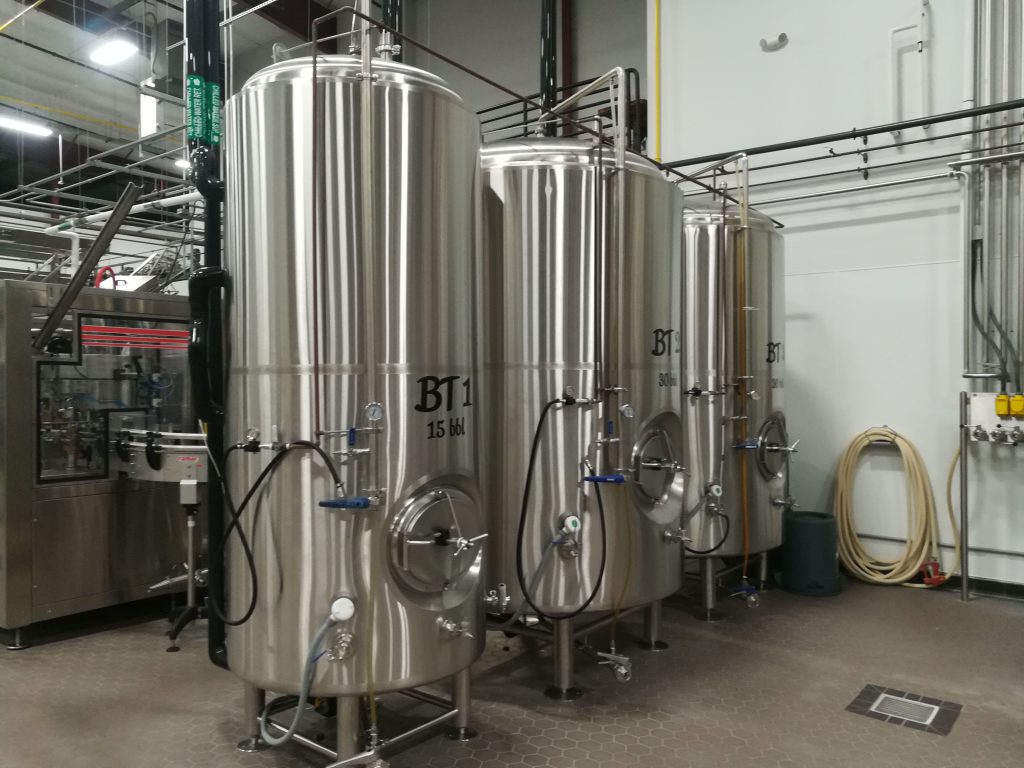Introduction
Home beer brewing systems have revolutionized the way craft beer enthusiasts create their favorite brews. With the rise of innovative technologies and a growing interest in home brewing, these systems have become more accessible, user-friendly, and efficient. In this blog, we will explore the various aspects of home beer brewing systems, their benefits, types, and tips to help you choose the right one for your needs.
The Rise of Home Beer Brewing Systems

Home beer brewing has seen a significant increase in popularity over the past decade. This surge can be attributed to a combination of factors:
- Growing Craft Beer Culture: The craft beer movement has inspired many to try their hand at brewing unique and personalized beers at home.
- Technological Advancements: Modern home beer brewing systems incorporate advanced technology, making the process more straightforward and consistent.
- Community and Support: A strong community of home brewers and a wealth of online resources make it easier than ever to start brewing at home.
Benefits of Home Beer Brewing Systems
There are several benefits to investing in a home beer brewing system:
- Customization: You have complete control over the ingredients and brewing process, allowing you to create a beer that suits your taste perfectly.
- Cost-Effective: Brewing your own beer can be more cost-effective in the long run compared to purchasing craft beer from stores.
- Educational: Home brewing is a learning experience that enhances your understanding of beer production and different brewing techniques.
- Satisfaction: There’s a unique satisfaction that comes with enjoying a beer you’ve brewed yourself.
Types of Home Beer Brewing Systems
Home beer brewing systems come in various types, each catering to different levels of experience and brewing styles. Here are some of the most popular types:
All-in-One Brewing Systems
All-in-one brewing systems are designed for convenience and ease of use. These systems integrate all the necessary steps of brewing into a single unit, making them ideal for beginners. Some popular all-in-one brewing systems include:
| Brand | Model | Capacity (Gallons) | Key Features |
|---|---|---|---|
| Grainfather | G70 | 7 | Digital controls, automated mashing, and boiling |
| SKE | Brewie+ | 100L | Compact structure,Multi temperature mashing |
| PicoBrew | Pico C | 1.75 | Compact design, pre-packaged ingredient kits |
Traditional Three-Tier Systems
Traditional three-tier systems consist of three separate vessels for mashing, lautering, and boiling. These systems offer more control over the brewing process but require more space and effort to operate. They are preferred by more experienced brewers who want to experiment with different brewing techniques.
Electric Brewing Systems
Electric brewing systems are similar to traditional systems but use electric heaters instead of gas burners. These systems are safer and more efficient, making them suitable for indoor brewing. They come with precise temperature controls, ensuring consistent results.
Mini Brewing Systems
Mini brewing systems are compact and perfect for those with limited space. These systems are designed for small-batch brewing and are often more affordable. They are an excellent choice for beginners who want to start with smaller quantities.
Key Features to Consider in Home Beer Brewing Systems
When choosing a home beer brewing system, there are several key features to consider:
- Capacity: Determine how much beer you want to brew at a time. Systems range from small one-gallon units to larger seven-gallon setups.
- Automation: Decide if you prefer a fully automated system or one that allows for more manual control.
- Material: Look for systems made of durable materials like stainless steel, which are easier to clean and maintain.
- Temperature Control: Consistent temperature control is crucial for successful brewing. Ensure the system has reliable temperature regulation features.
- Ease of Use: Consider how user-friendly the system is, especially if you are a beginner.
Step-by-Step Guide to Brewing Beer at Home
Here is a simplified step-by-step guide to brewing beer using a home beer brewing system:
- Preparation: Gather all the necessary ingredients and equipment. Sanitize all brewing tools and vessels to prevent contamination.
- Mashing: Combine malted grains with hot water in the mash tun to extract fermentable sugars.
- Lautering: Separate the liquid wort from the spent grains.
- Boiling: Boil the wort and add hops at various stages for bitterness, flavor, and aroma.
- Cooling: Quickly cool the wort to a temperature suitable for fermentation.
- Fermentation: Transfer the wort to a fermenter and add yeast. Allow the beer to ferment for the required time.
- Bottling/Kegging: Once fermentation is complete, bottle or keg the beer. Let it carbonate before enjoying.
Troubleshooting Common Issues in Home Brewing

Brewing beer at home can sometimes present challenges. Here are some common issues and how to address them:
- Off-Flavors: These can be caused by contamination, poor sanitation, or incorrect fermentation temperatures. Ensure thorough cleaning and maintain proper temperature control.
- Low Carbonation: This can result from insufficient priming sugar or improper sealing of bottles. Check your priming calculations and bottle seals.
- Cloudy Beer: Often due to incomplete fermentation or improper cooling. Ensure complete fermentation and rapid cooling of wort.
- Stuck Fermentation: This occurs when fermentation stops prematurely. It can be due to inadequate yeast pitching or poor yeast health. Use a yeast starter and maintain proper fermentation conditions.
Advanced Tips for Home Brewing Enthusiasts
For those who have mastered the basics and want to take their home brewing to the next level, consider these advanced tips:
- Experiment with Ingredients: Try different types of malt, hops, and yeast strains to create unique flavors and styles.
- Water Chemistry: Adjusting the mineral content of your brewing water can significantly impact the taste of your beer.
- Advanced Equipment: Invest in additional equipment like conical fermenters, grain mills, and temperature control systems to improve your brewing process.
- Aging and Conditioning: Allow your beer to age and condition for a better taste profile. Experiment with different aging times and temperatures.
Conclusion
Home beer brewing systems have made it possible for craft beer enthusiasts to create high-quality beer from the comfort of their homes. Whether you are a beginner or an experienced brewer, there is a system that fits your needs and preferences. By understanding the different types of systems, key features to consider, and following a step-by-step brewing guide, you can embark on a rewarding brewing journey. Happy brewing!
FAQs
What is a home beer brewing system?
A home beer brewing system is a set of equipment designed for brewing beer at home. It typically includes components for mashing, boiling, fermenting, and bottling beer.
How much does a home beer brewing system cost?
The cost of a home beer brewing system can vary widely, ranging from $100 for basic kits to over $1000 for advanced, automated systems.
Is home brewing beer legal?
In many countries, home brewing beer for personal consumption is legal. However, regulations vary, so it’s important to check the local laws in your area.
How long does it take to brew beer at home?
The brewing process itself can take several hours, but fermentation and conditioning can take anywhere from a few weeks to a few months, depending on the style of beer.
Can I brew any style of beer at home?
Yes, home brewing systems allow you to brew a wide variety of beer styles, from lagers and ales to stouts and IPAs. The key is to follow the specific recipes and techniques for each style.

